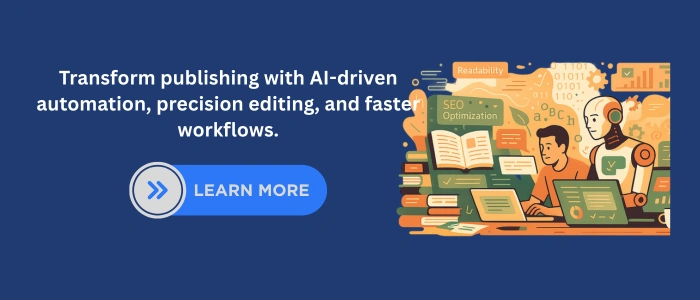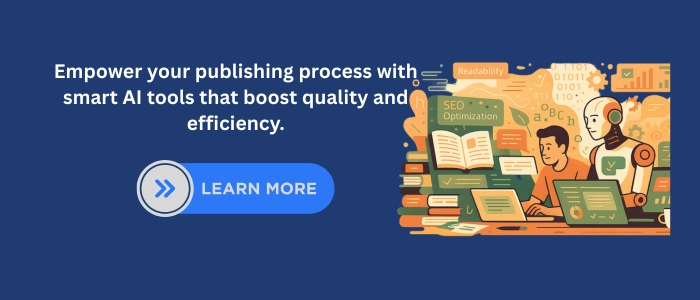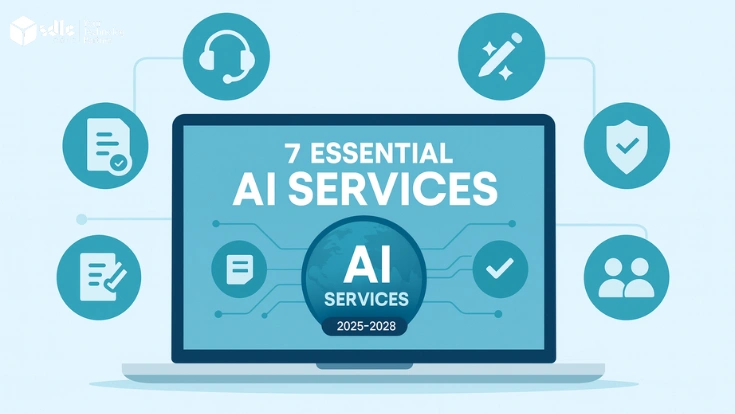Introduction
AI in publishing is transforming how content is created, edited, and distributed. It helps publishers meet growing content demands while maintaining quality and reducing costs. Artificial intelligence brings structure, precision, and scale to an industry built on creativity and language.
Modern publishing faces constant pressure to deliver faster and more efficiently. However, manual review cycles and editing delays often make production slow. AI changes that by assisting editors, automating workflows, and improving decision-making.
In this article, you’ll learn how publishing automation with AI works, explore the role of generative AI for publishers, and understand how AI editorial workflows, AI-driven content generation tools, and natural language processing in publishing are shaping the future of content.
Why AI Matters for Publishers
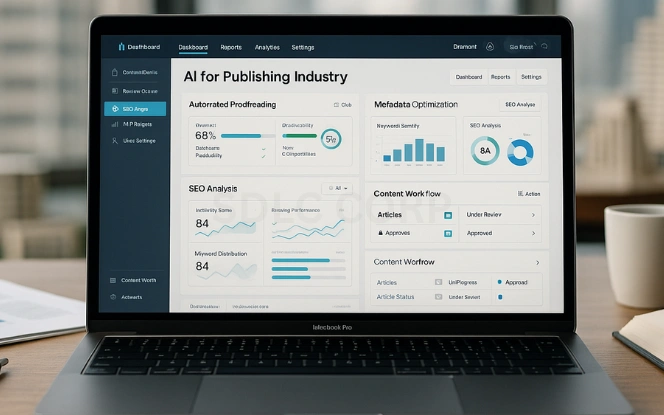
Publishing has long relied on manual labor. Editors spend countless hours proofreading, formatting, and fact-checking. AI helps reduce this workload by automating time-consuming tasks and enhancing output quality.
AI tools can:
- Suggest layout and design improvements based on content type.
- Detects grammatical, factual, and stylistic errors before publication.
- Optimize metadata for SEO.
- Personalize content for diverse audiences.
Moreover, AI ensures uniformity across publications. It minimizes repetitive manual edits, saving valuable time and resources.
Still, effective adoption requires balance. While automation boosts efficiency, human oversight safeguards tone, accuracy, and authenticity. Publishers must use AI ethically to support, not replace editorial judgment.
Learn how the same automation principles enhance content ecosystems in our guide to AI for Home Automation
Core Use Cases of AI in Publishing
AI now influences nearly every stage of the publishing cycle, from content creation to audience engagement.
1. Content Generation and Drafting
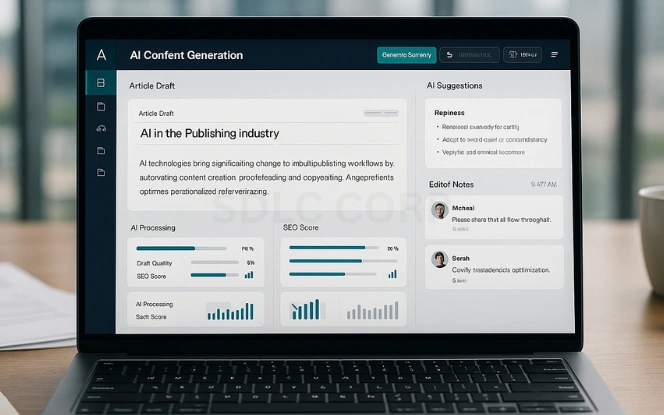
Generative AI for publishers assists in creating initial drafts, summaries, or captions. It can:
- Produce short articles for rapid publication.
- Generate social media summaries.
- Create multilingual versions of content.
However, AI-generated text requires editorial review. Editors refine drafts, verify information, and align tone with brand guidelines. This partnership between AI and human expertise ensures both accuracy and creativity.
2. Editorial Workflow Automation
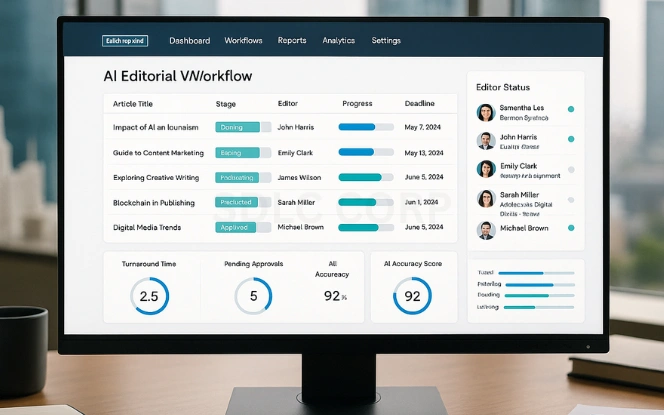
AI editorial workflows streamline review, feedback, and approval processes. These systems can:
- Route articles automatically to the right editors.
- Flag duplicates or non-compliant content.
- Identify citation and style errors.
As a result, delays decrease, and production becomes faster and more consistent.
3. Metadata and SEO Optimization
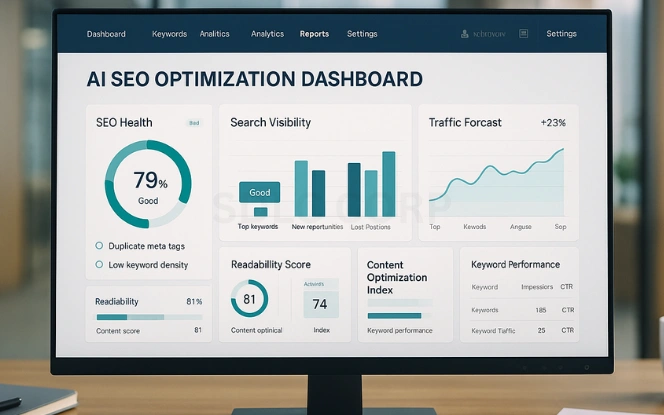
AI improves tagging, keyword placement, and metadata generation. Automated SEO recommendations help publishers achieve better visibility in search results.
4. Reader Personalization
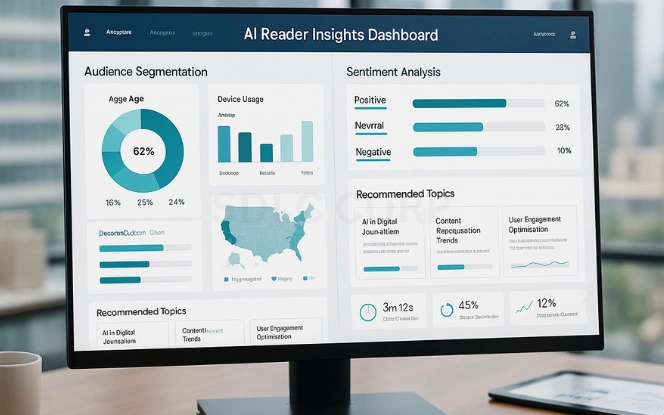
With natural language processing (NLP), AI analyzes reader behavior and preferences. Consequently, publishers can deliver personalized recommendations, improve retention, and increase engagement.
5. Advisory and Governance for AI in Publishing
AI use in publishing raises questions around authorship, bias, transparency, and intellectual property. Governance frameworks help define acceptable usage and review processes. An AI consulting company may support publishers in establishing policies and compliance practices for responsible AI adoption.
Technical Foundations of AI in Publishing
Behind every AI application lies a robust technical infrastructure. Understanding this foundation helps publishers implement AI effectively.
Key Technologies
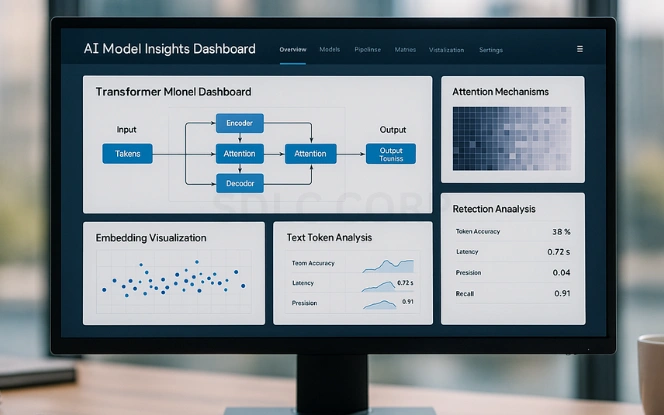
- Transformer Architectures: Used in modern NLP models to process large text datasets efficiently.
- Embeddings and Attention Mechanisms: Enable systems to understand context and nuance in language.
- APIs and Integrations: Connect AI modules with content management systems to streamline automation.
Model Customization
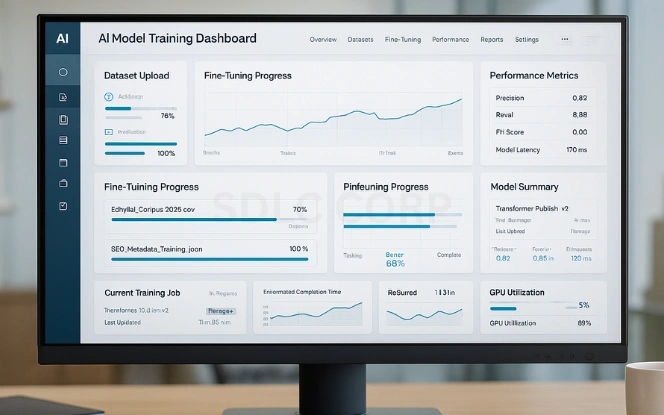
Publishers can fine-tune pre-trained models using their own content archives. This customization aligns AI behavior with specific tones, styles, and editorial standards. Furthermore, continuous learning allows these models to adapt to new topics or linguistic trends.
Data Management
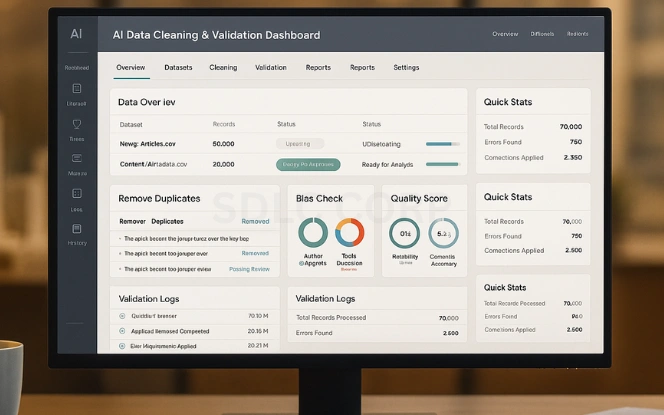
High-performing AI systems rely on clean, structured, and unbiased data. Publishers must regularly audit their data, remove duplicates, and filter outdated or biased material during model training.
Evaluation Metrics
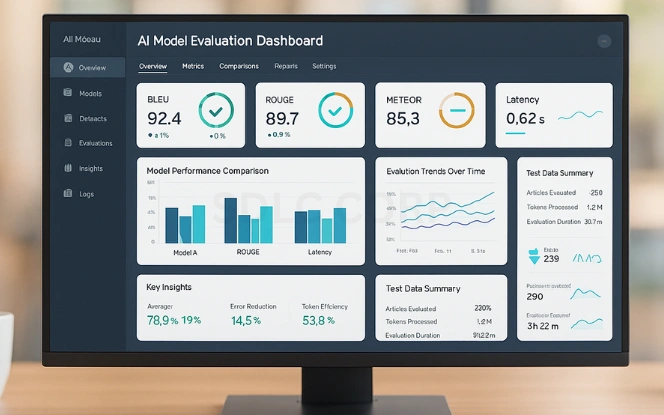
Performance and reliability can be measured through:
- BLEU and ROUGE scores for linguistic accuracy.
- Human review for tone and consistency.
- Latency and performance metrics for efficiency.
For technical teams planning deployment, review our overview of Large language Model Development Services.
Challenges and Risks

While AI offers significant advantages, publishers must also manage certain challenges.
- Accuracy and Hallucinations:
Generative AI can produce incorrect statements. Human review remains essential to maintain reliability. - Data Bias:
If the training data includes bias, AI may replicate it. Regular retraining ensures fairness and inclusivity. - Intellectual Property:
AI may unintentionally replicate copyrighted content. Plagiarism detection and validation tools should be part of every workflow. - Transparency and Trust:
Readers value authenticity. Publishers should disclose when AI contributes to content production to maintain credibility. - Cost and Complexity:
Running large-scale models requires computing resources. Therefore, smaller publishers may opt for lightweight AI solutions for efficiency.
To understand responsible adoption practices, explore AI Alignment and Ethics.
Best Practices for Publishers
To maximize the benefits of AI, publishers should follow structured, transparent, and ethical practices.
Implementation Steps

- Start small and apply AI in one area first, such as proofreading or metadata tagging.
- Keep editors involved in reviewing AI outputs.
- Audit model results to track recurring issues.
- Protect intellectual property through secure access controls.
- Train models regularly to align with evolving writing styles.
Operational Guidelines

- Maintain documentation for every AI workflow.
- Create editor feedback loops to refine AI accuracy.
- Be transparent with readers about AI involvement in content creation.
For a structured rollout blueprint, check out Personal AI Agents Explained.
Real-World Applications

Real-world examples highlight how AI enhances publishing operations.
- Automated Summaries: A news agency reduced editing time by 60% by using AI for summary generation.
- Content Routing: A magazine implemented AI workflows that automatically routed drafts to relevant editors.
- Social Captioning: Independent publishers used AI tools to generate short, engaging social posts.
- Article Clustering: NLP helped one publisher group related stories, improving search accuracy and user experience.
These cases illustrate how AI enhances precision, speed, and consistency while keeping human editors in control.
Conclusion
AI is redefining the publishing process. It’s not replacing creativity, it’s strengthening the systems that support it. With AI-driven automation, publishers can reduce manual labor, improve accuracy, and maintain editorial standards across platforms.
Through AI editorial workflows and generative content tools, publishing teams can focus on storytelling while technology manages structure and scale. When combined with human judgment, AI enables a faster, more efficient, and data-driven publishing ecosystem.
Contact SDLC Corp to hire AI development services. Our team builds intelligent publishing solutions that streamline operations, enhance creativity, and accelerate content delivery.
The future of publishing will favor organizations that balance innovation with authenticity. Success depends on using AI responsibly where technology empowers creativity, not replaces it.
FAQs
How is AI changing the publishing landscape?
AI automates proofreading, formatting, and content management. With AI editorial workflows, publishers can manage higher volumes while maintaining quality and consistency.
What are the benefits of publishing automation with AI?
Automation simplifies proofreading, metadata tagging, and version control. Combined with AI-driven content generation tools, it reduces manual errors and speeds up publishing cycles.
How does generative AI help content creation?
Generative AI creates initial drafts, summaries, and multilingual text. Editors refine these outputs to ensure tone, clarity, and relevance.
What role do AI editorial workflows play in efficiency?
AI workflows automate editing, grammar checks, and fact verification. They improve accuracy and accelerate approval cycles.
How does NLP improve reader engagement?
Natural Language Processing helps personalize content, categorize topics, and analyze sentiment. This leads to higher engagement and stronger reader loyalty.

